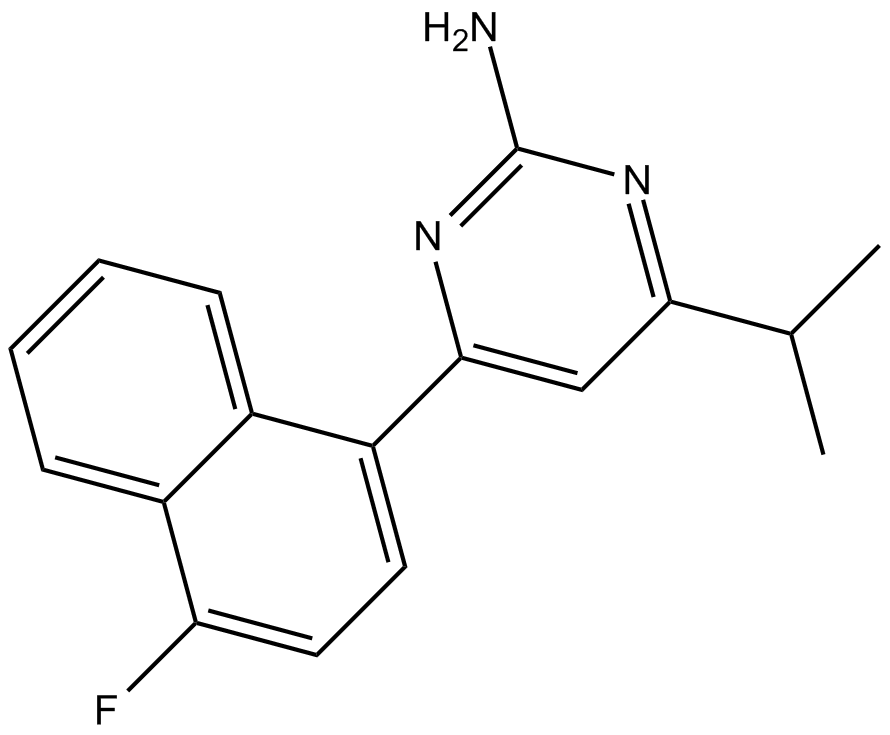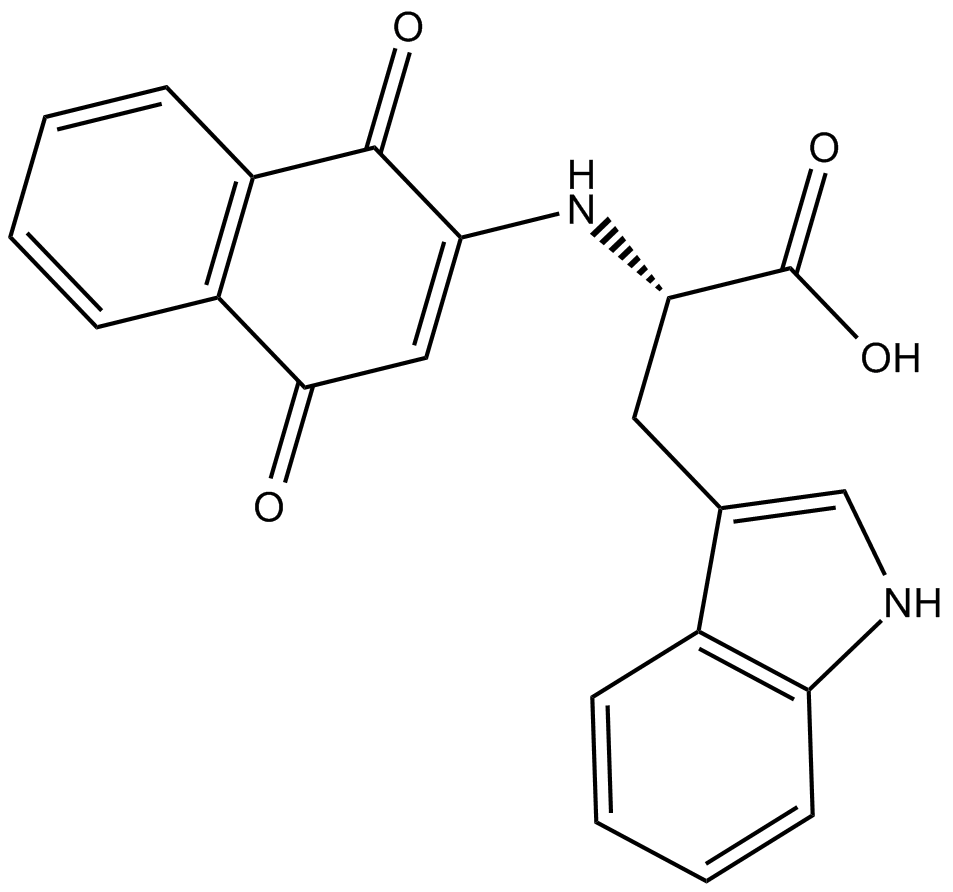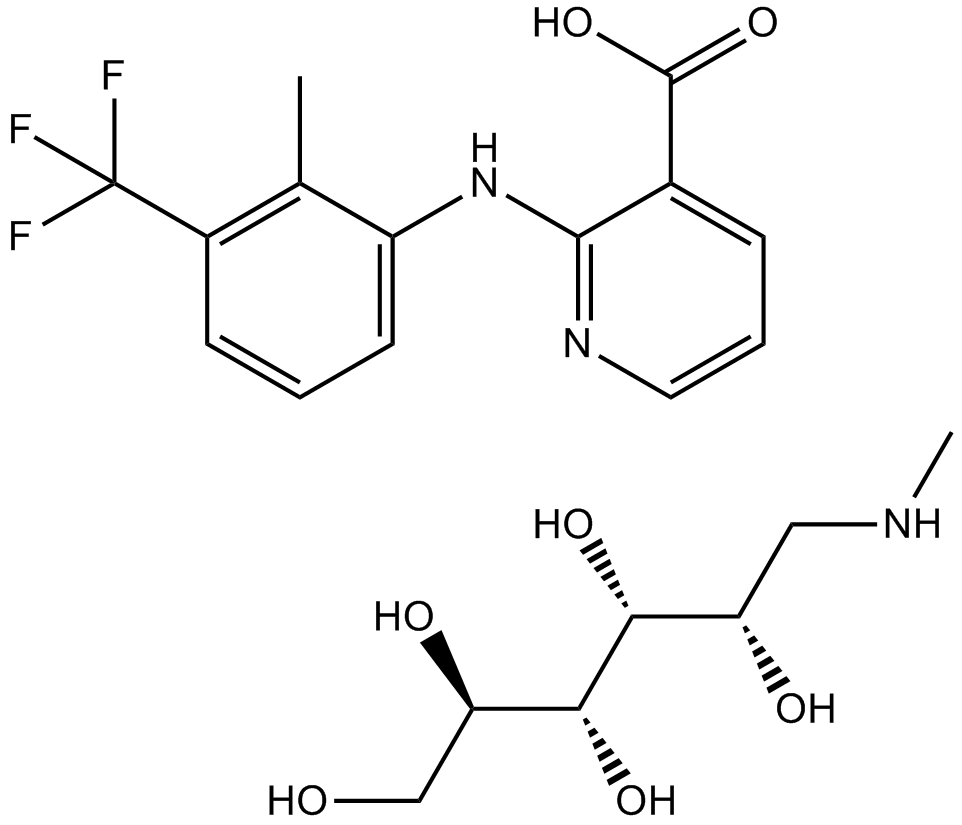Neuroscience

Neurotransmitter receptors function via various G-protein coupled and G-protein independent mechanisms that activate downstream intracellular signaling pathways such as cAMP/PKA, PI3K/AKT, phospholipase A2, and phospholipase C pathways. For instance, dopamine receptors act through adenylate cyclase to activate PKA and other signaling molecules, thereby mediate gene expression through the actions of CREB and other transcription factors. Other neurotransmitters such as NMDAR or AMPAR are associated with ion channels that control flux of Ca2+ and Na+, thus propagating the action potential across the post-synaptic neuron.
Dysfunctions in GABAergic/glutamatergic/serotonergic/dopaminergic pathways result in a broad range of neurological disorders such as chronic pain, neurodegenerative diseases, and insomnia, as well as mental disorders including schizophrenia, bipolar disorder, depression, and addiction.
-
 B5595 MFZ 10-7Summary: negative allosteric modulator of the mGlu5 receptor
B5595 MFZ 10-7Summary: negative allosteric modulator of the mGlu5 receptor -
 B1522 Sitaxentan sodiumSummary: Selective endothelin A receptor (ETA) antagonist
B1522 Sitaxentan sodiumSummary: Selective endothelin A receptor (ETA) antagonist -
![amyloid A protein fragment [Homo sapiens]](/pub/media/prod_images/a/1/a1053.png) A1053 amyloid A protein fragment [Homo sapiens]Summary: Apolipoproteins related to HDL in plasma
A1053 amyloid A protein fragment [Homo sapiens]Summary: Apolipoproteins related to HDL in plasma -
 A3778 RS 127445Summary: 5-HT2B receptor antagonist,high affinity
A3778 RS 127445Summary: 5-HT2B receptor antagonist,high affinity -
 C4194 NQTrpSummary: inhibitor of Alzheimer’s disease-associated amyloid β (Aβ) oligomerization and fibrillization
C4194 NQTrpSummary: inhibitor of Alzheimer’s disease-associated amyloid β (Aβ) oligomerization and fibrillization -
 B1512 PregnenoloneSummary: steroid hormone
B1512 PregnenoloneSummary: steroid hormone -
 B1556 Chlorpheniramine MaleateSummary: Histamine H1 receptor antagonist
B1556 Chlorpheniramine MaleateSummary: Histamine H1 receptor antagonist -
 B1445 Flunixin MegluminTarget: COXSummary: potent cyclooxygenase inhibitor
B1445 Flunixin MegluminTarget: COXSummary: potent cyclooxygenase inhibitor -
 B6582 Pirenzepine dihydrochlorideSummary: M1 muscarinic receptor selective antagonist
B6582 Pirenzepine dihydrochlorideSummary: M1 muscarinic receptor selective antagonist -
 B6543 Chlorisondamine diiodideSummary: long lasting nicotinic antagonist
B6543 Chlorisondamine diiodideSummary: long lasting nicotinic antagonist

